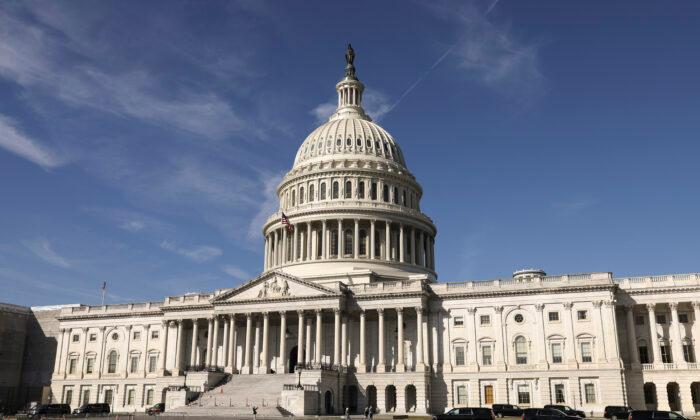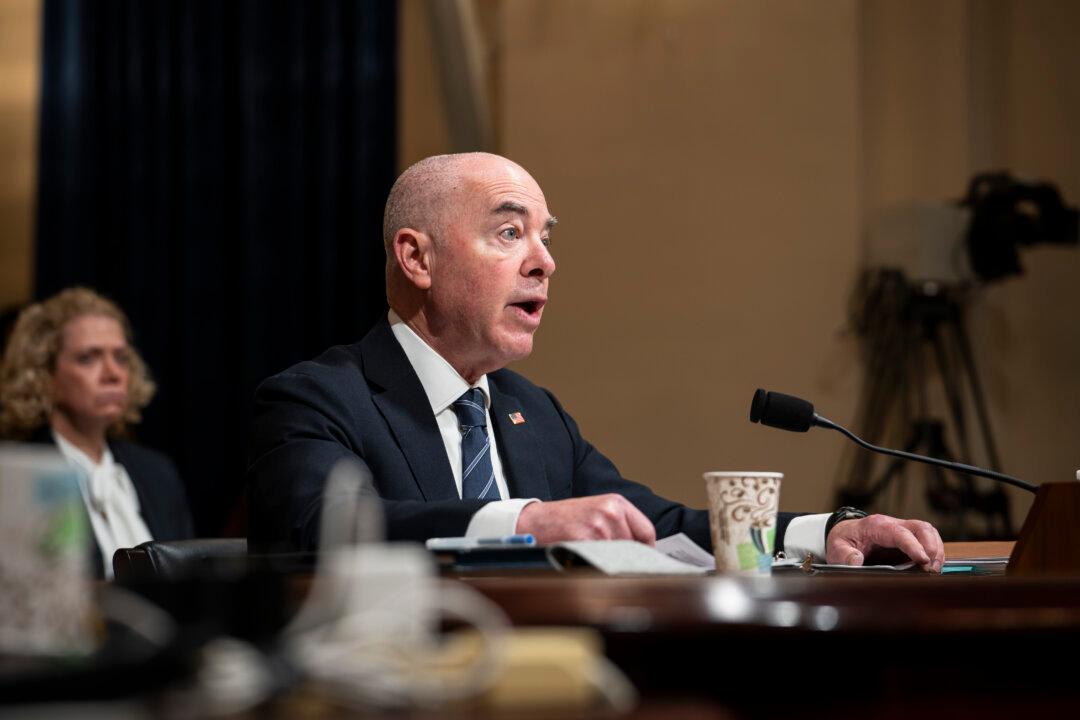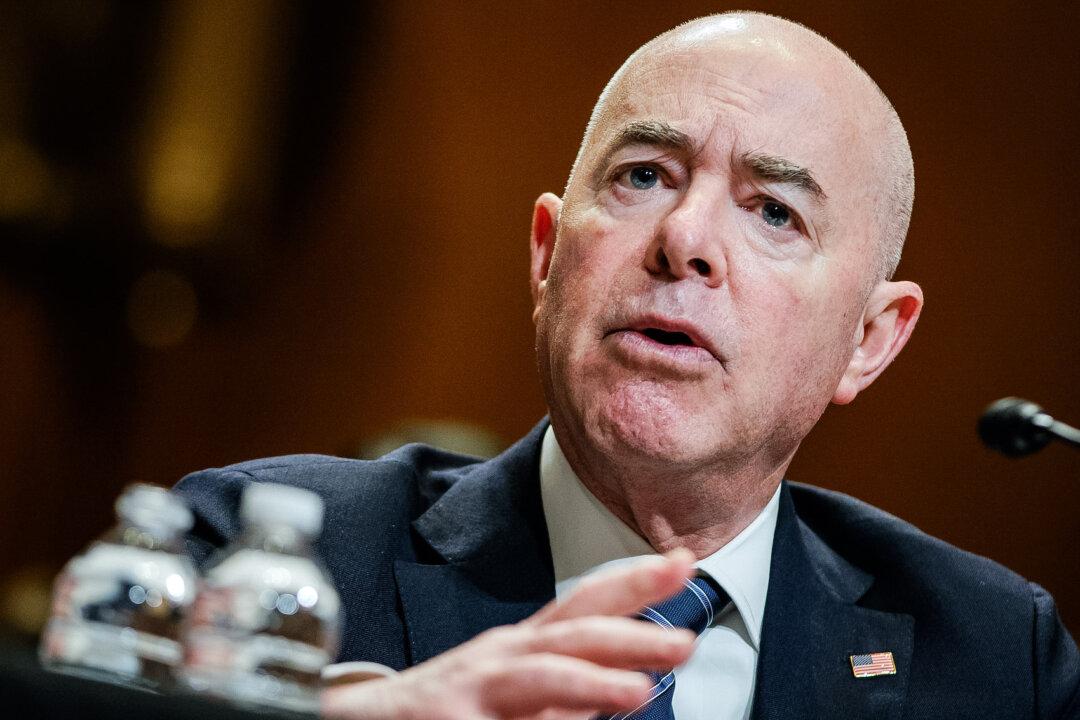Key think tank and congressional staff leaders on budget issues also were present, most notably including Bill Dauster, former deputy staff director for then-Senate Majority Leader Harry Reid (D-Nev.), Bill Hoagland, former senior budget appropriations aide to then-Senate Majority Leader Bill Frist (R-Tenn.), and Tom Kahn, the top Democratic staffer on the House Budget Committee from 2007 to 2016.
Whitehouse came closest to bringing up unfunded future-obligations debt, noting that “if you are going to solve the problem, you’ve got to look at all of its elements,” then pointed out that “once you get the mathematics right, you have to figure out what your target is.”
For Whitehouse, the key target is “the debt-to-GDP ratio.” Gross domestic product is the total value of all goods and services produced in the United States in one year.
But the actual national debt of $122 trillion is 570 percent of GDP. Neither Whitehouse nor any of the other speakers mentioned that data point during the summit.
One reason may be Washington’s “budget family” is deeply divided on whether a 570 percent debt-to-GDP ratio is something to worry about.
Asked if it supports including unfunded obligations in the Treasury Department’s official national debt calculation, a CRFB official who asked not to be named told The Epoch Times:
“The national debt and the unfunded liabilities measure two different things, so they should be two different numbers. ... The gross national debt of $23 trillion contains some government funds like Social Security, which are a loan from one part of government to another. It will eventually need to be paid back, but for right now, it is both an asset and liability.
“The unfunded liabilities include a future stream of benefits over the next 75 years, so that’s not the same as debt that has already been accrued.”
“In accounting, a corporation must record a liability if it is probable that the debt will be paid and if it’s estimable. Social Security and Medicare debt meet these criteria.”
Similarly, Romina Boccia, director of The Heritage Foundation’s Grover M. Hermann Center for the Federal Budget, told The Epoch Times:
“The way the federal government accounts for the national debt at $23 trillion is just the tip of the iceberg. The biggest threat arises from unfunded obligations, primarily driven by promises made to seniors via Social Security and Medicare without ensuring that those promised benefits are paid for. Unfunded entitlements allow politicians to enact popular programs without confronting the trade-off of higher taxpayer costs.”
“No matter the measurement, it is clear that our debt is already historically high and is on an unsustainable trajectory that threatens economic opportunities for the next generation.”






Friends Read Free